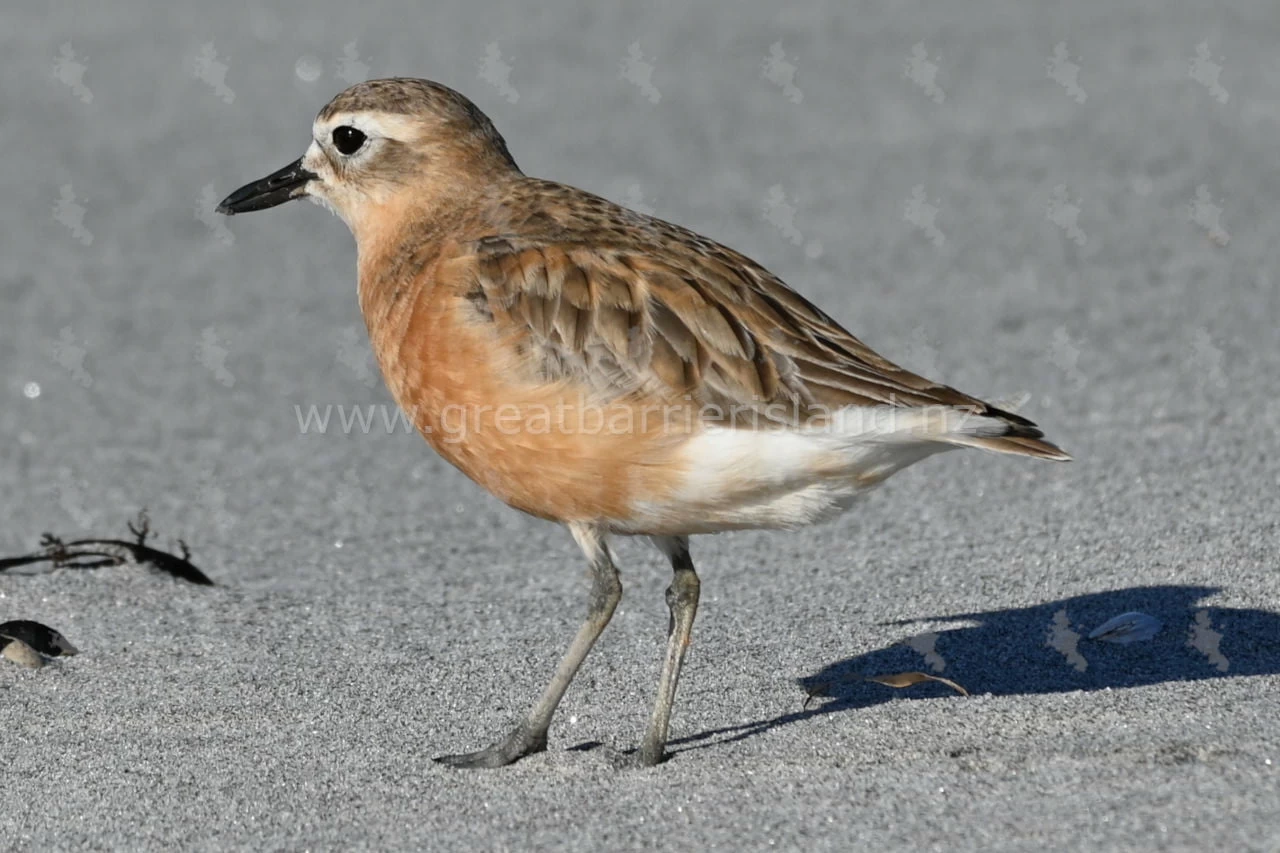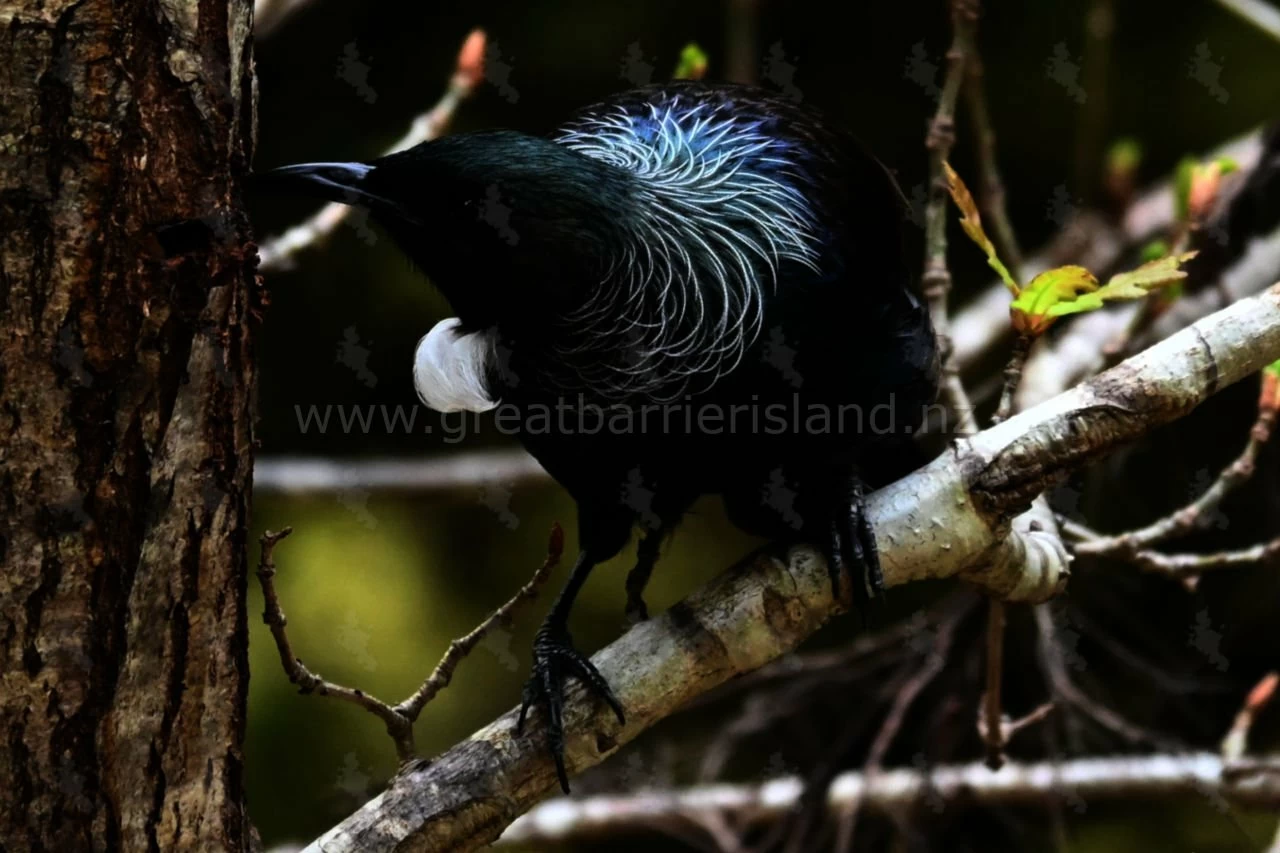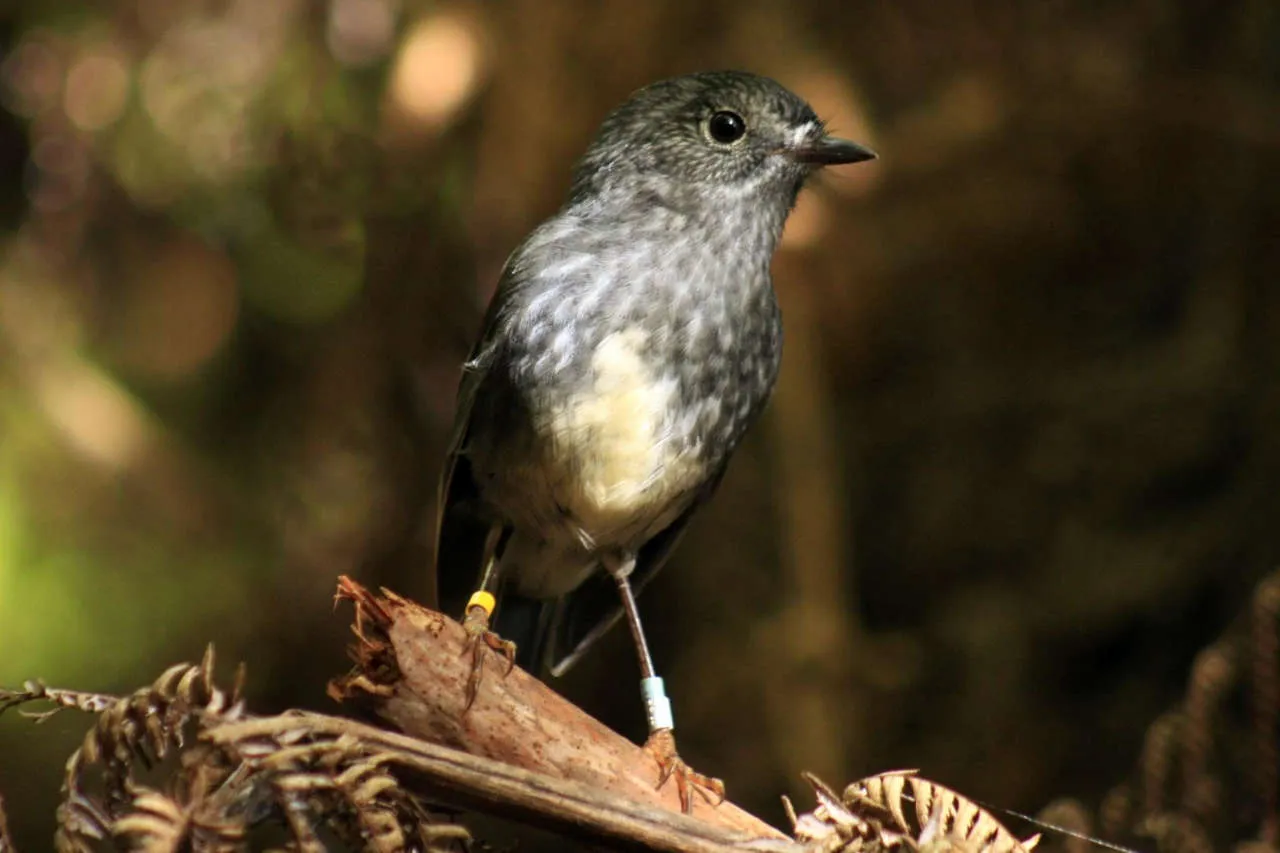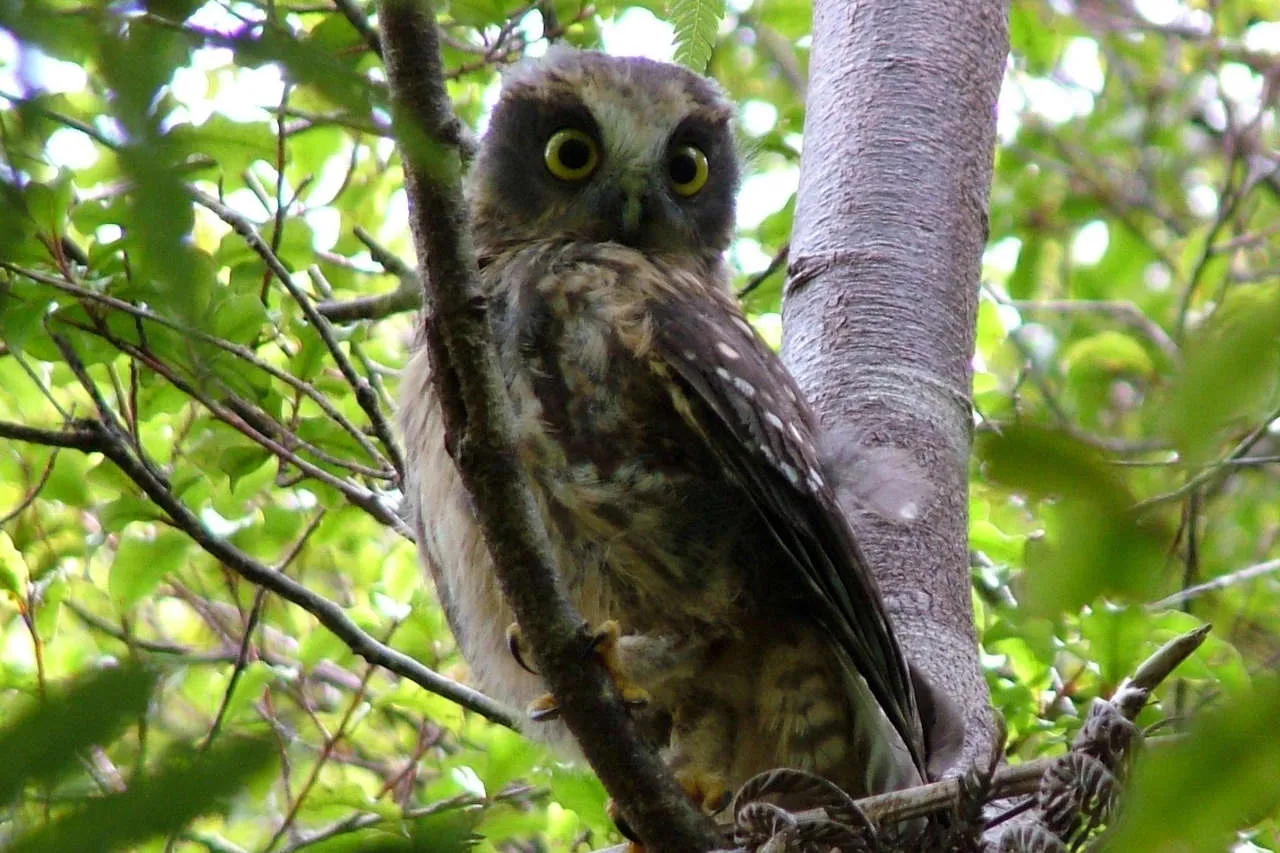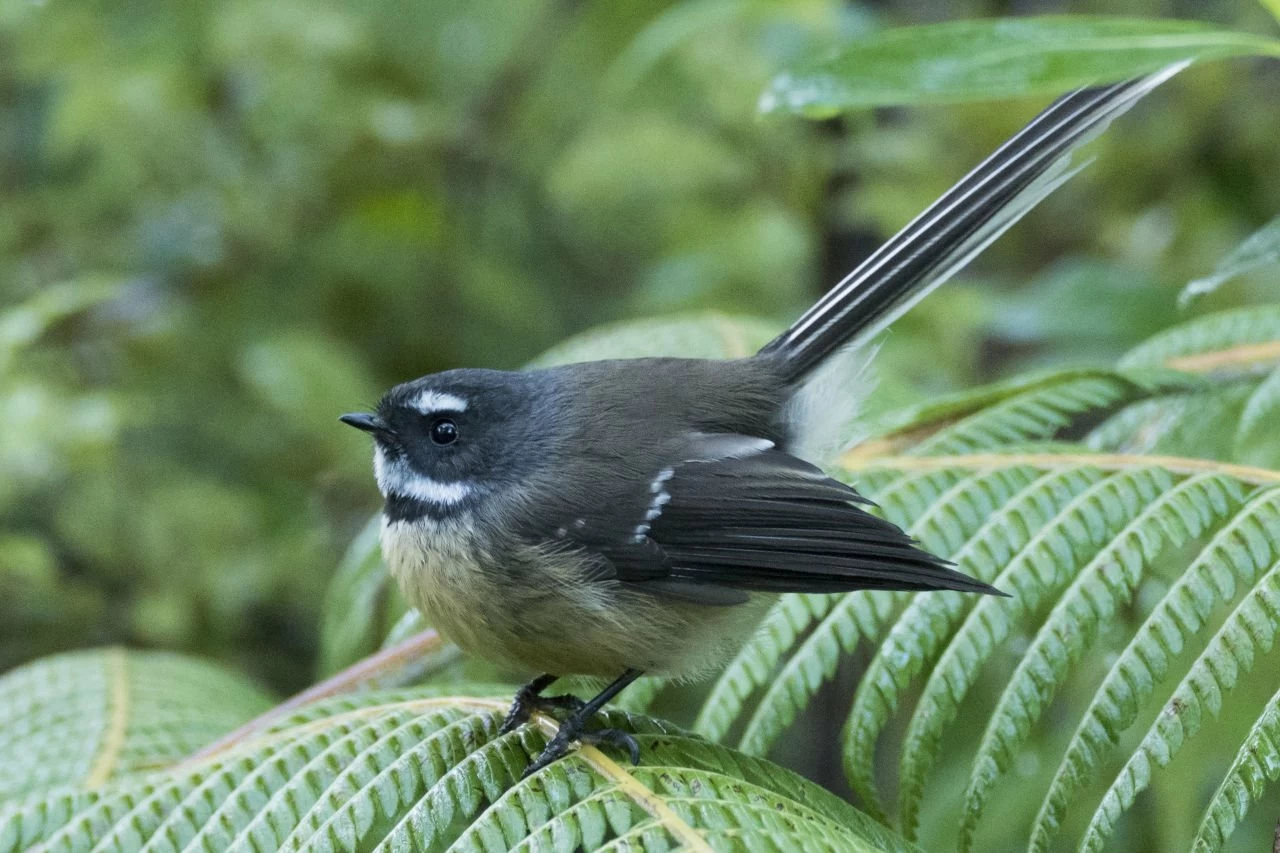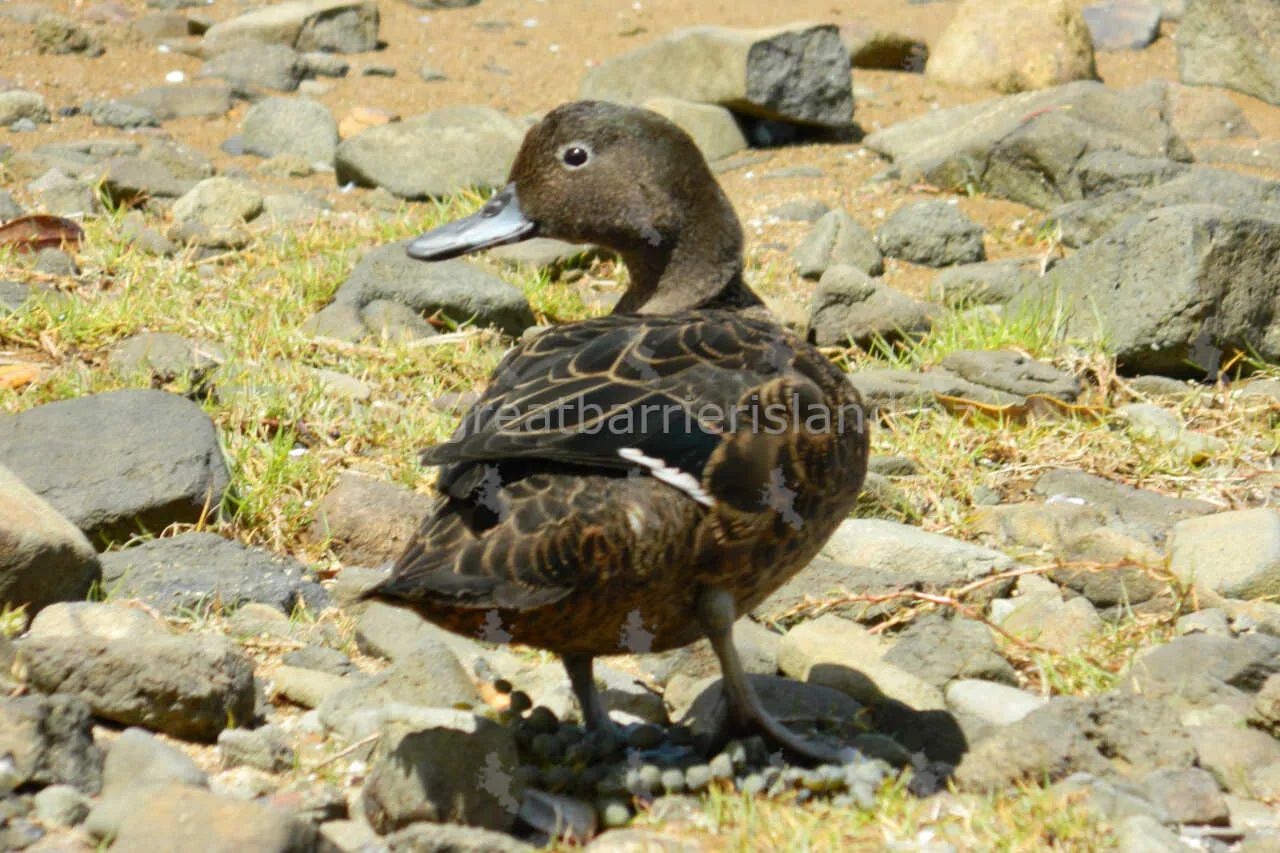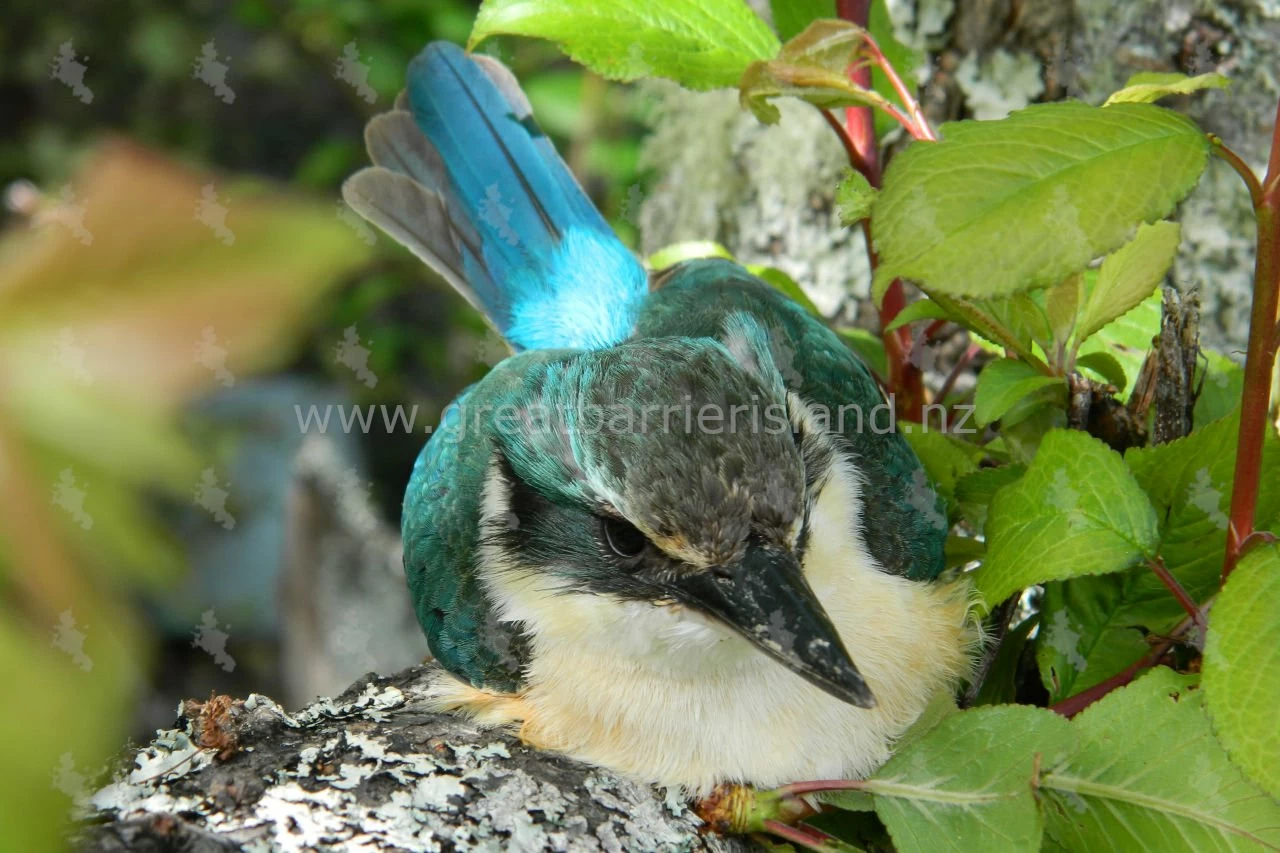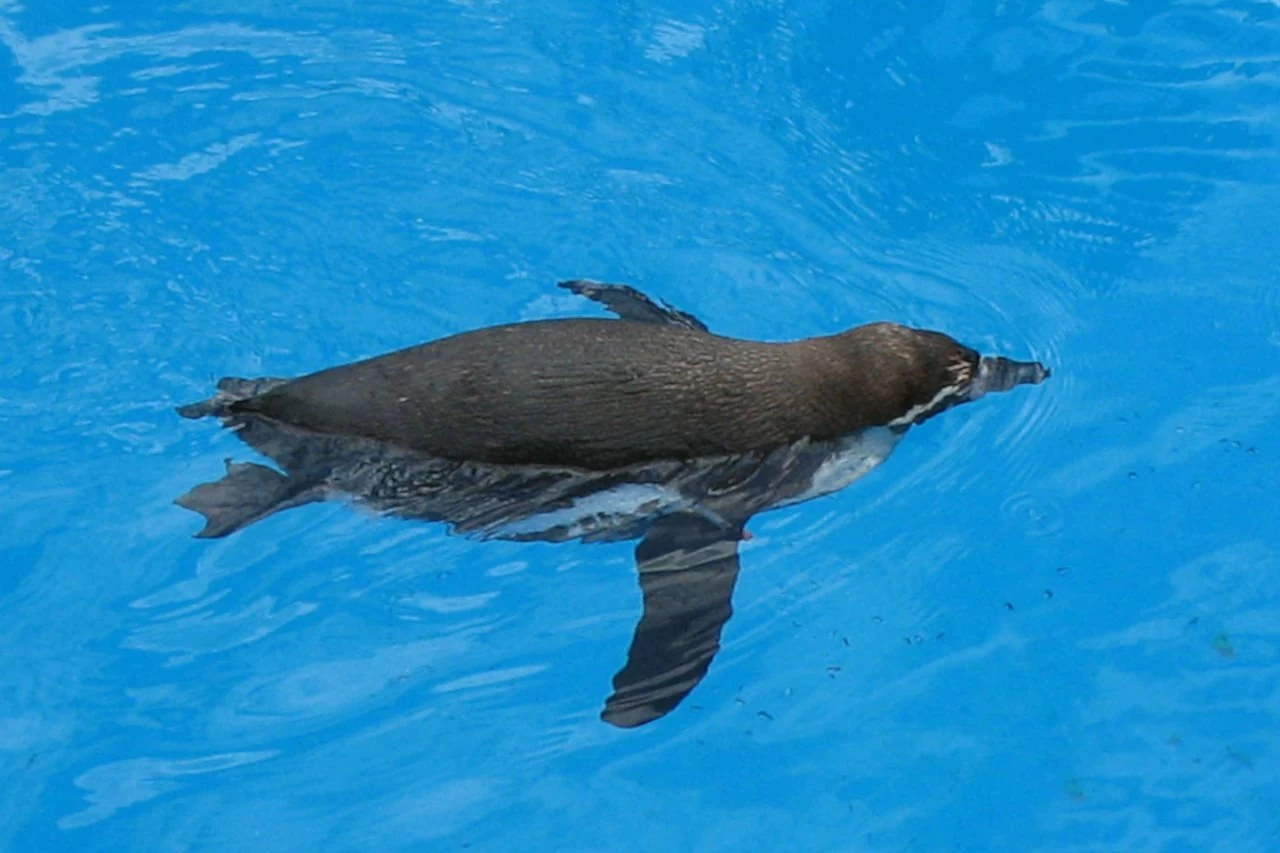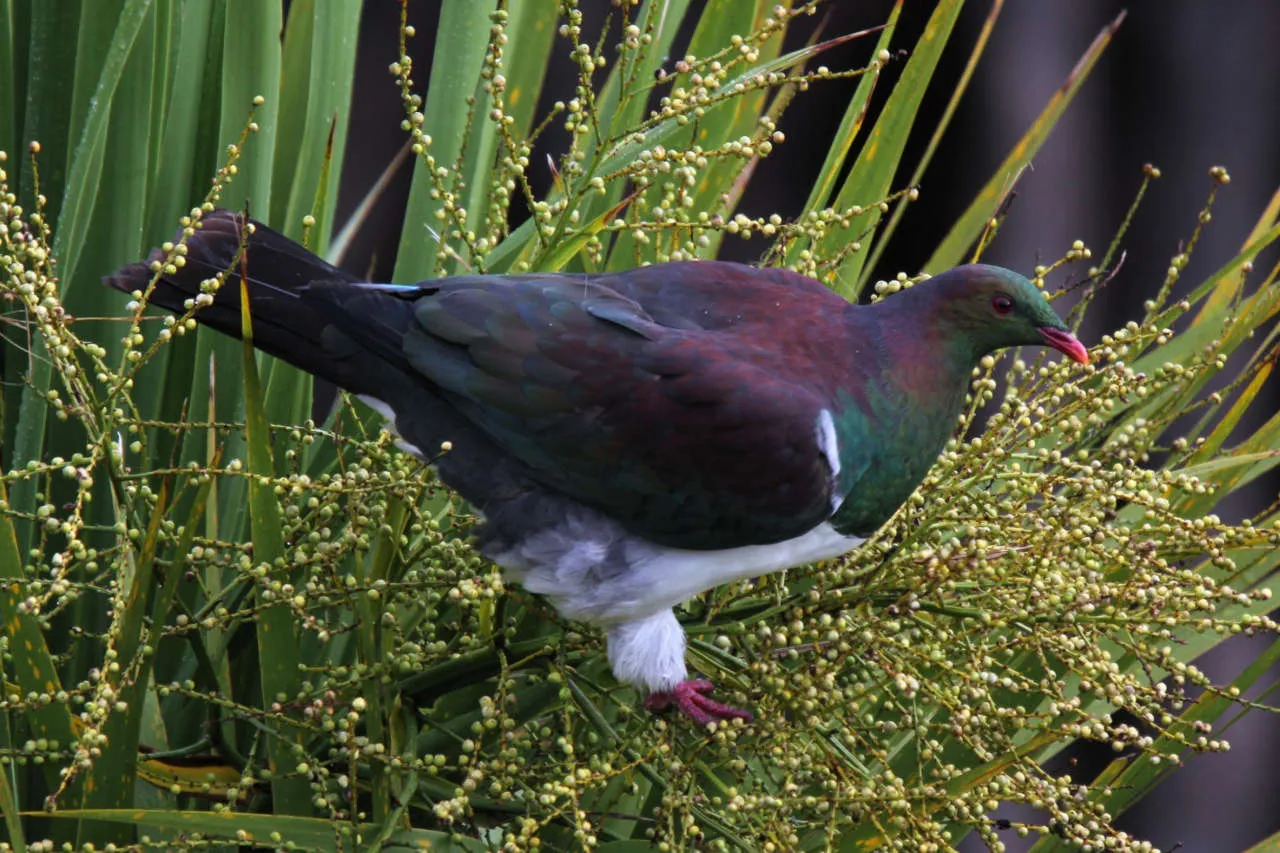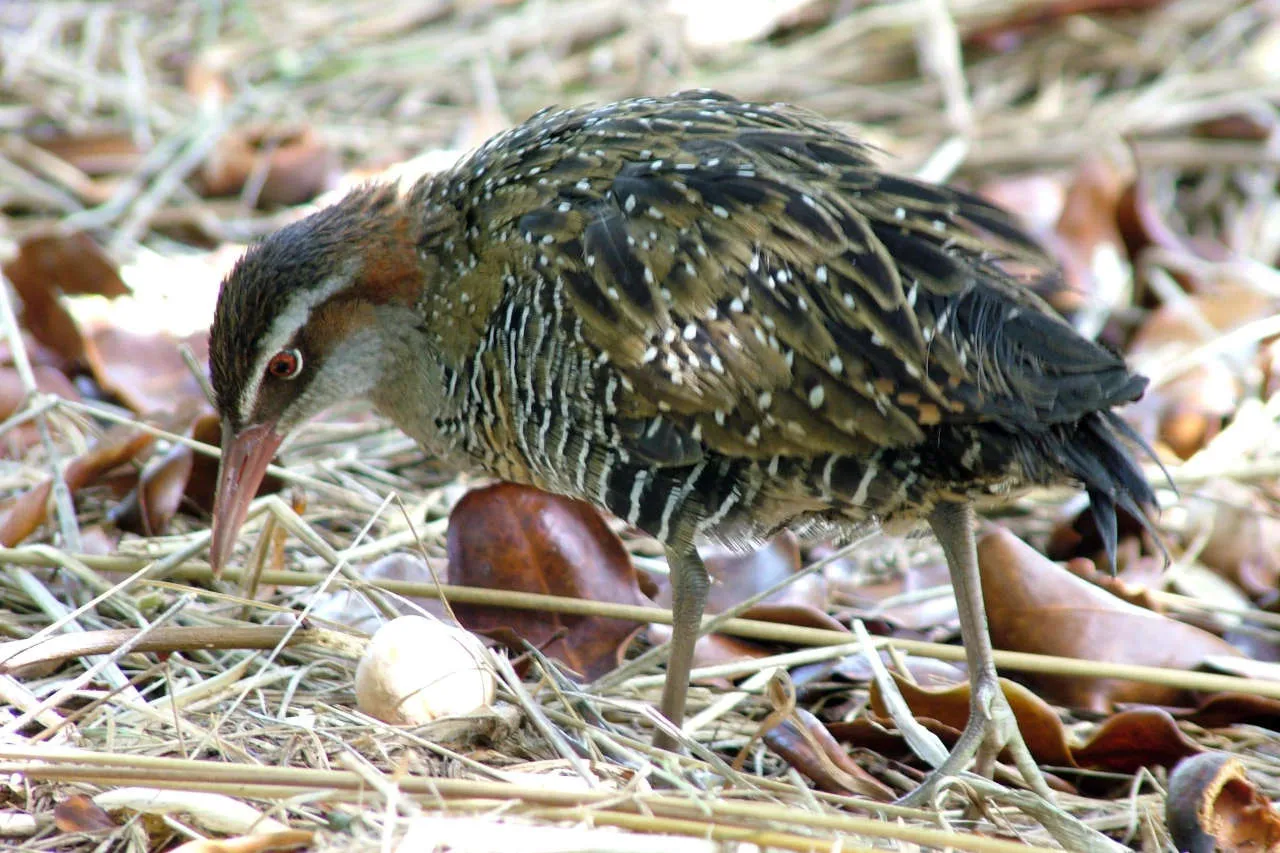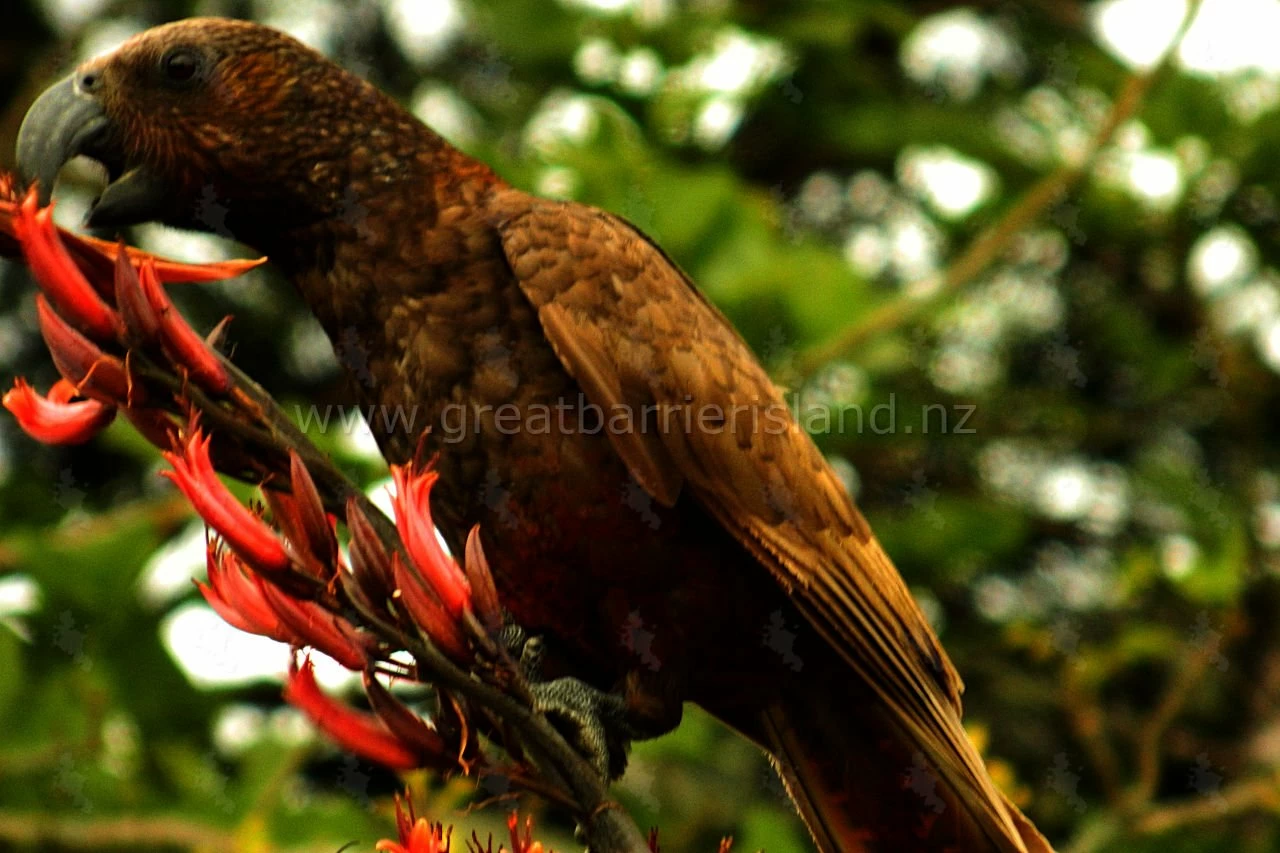Great Barrier Island Birds.
The endangered New Zealand dotterel/tūturiwhatu is found only in this country. New Zealand status: Endemic Found in: Coastal areas around much of the North Island; Stewart Island in the South Threats: Predation, habitat loss, disturbance, tide and storm surges The endangered New Zealand dotterel was once widespread and common. Now there are only about 1,700 birds left, making dotterels more Read more…
Tūī are unique to New Zealand and belong to the honeyeater family, which means they feed mainly on nectar from flowers of native plants. New Zealand status: Endemic Conservation status: Not Threatened Population: Can be locally abundant where there is good pest control and flowering/fruiting habitat. Found in: North, South and Stewart Islands, and their offshore islands Threats: Predation, habitat Read more…
The variable oystercatcher is a large heavily-built shorebird. Adults have black upperparts, their underparts vary from all black, through a range of ‘smudgy’ intermediate states to white. Variable oystercatcher (Haematopus unicolor) occur around most of the coastline of New Zealand, and breed most commonly on sandy beaches, sandspits and in dunes. They are very vocal; loud piping is used in Read more…
The North Island robin, also known as toutouwai, is a friendly and trusting bird and is found in both native and exotic forests. Image courtesy of Windy Hill Sanctuary The North Island robin often come close to people, and occasionally stand on a person’s boot. North Island robins measure 18 cm from beak tip to tail tip, and weigh about Read more…
The native morepork is known for its haunting, melancholic call. This sound gives it the Māori name ‘ruru’. Image courtesy of Windy Hill Sanctuary New Zealand status: Native Conservation status: Not Threatened Found in: Forests throughout mainland New Zealand and offshore islands Threats: Predation, loss of habitat Read More at the Department of Conservation Source: Department of Conservation and licensed by greatbarrierisland.nz for re-use Read more…
Known for its friendly ‘cheet cheet’ call and energetic flying antics, the fantail is one of the most common and widely distributed native birds on the New Zealand mainland. In Māori mythology, the fantail was responsible for the presence of death in the world. Maui, thinking he could eradicate death by successfully passing through the goddess of death, Hine-nui-te-po, tried Read more…
The pāteke brown teal is a small dabbling duck endemic to New Zealand. They are the rarest waterfowl on the mainland. New Zealand status: Endemic Conservation status: At Risk–Recovering Found in: Mainly Great Barrier Island, Northland, Coromandel Threats: Predation, habitat disturbance, hunting Species information: Brown teal on NZ Birds Online The species has suffered an ongoing decline in numbers and Read more…
The kingfisher is a distinctive bird with a green-blue back, buff to yellow undersides and a large black bill. It has a broad black eye-stripe, and a white collar in adults. The females are slightly greener and duller. Kingfishers have a wide range of unmusical calls, the most distinctive of which is the staccato ‘kek-kek-kek’ territorial call. Their status is Read more…
Little penguins were common in New Zealand, but most are now on offshore islands where there is less disturbance. Their paddle-like flippers are excellent for ‘flying’ through the water at speeds of up to 6 km/h. Their population and range of has been declining in areas not protected from predators. Where predator control is in place, populations have been stable Read more…
The kererū is a large bird with irridescent green and bronze feathers on its head and a smart white vest. The noisy beat of its wings is a distinctive sound in our forests. Image courtesy of Windy Hill Sanctuary New Zealand status: Endemic Conservation status: Not Threatened Population: Widespread throughout the country Found in: Forested areas, particularly where there is Read more…
The banded rail is a native subspecies which inhabits wetlands throughout New Zealand. New Zealand status: Native Conservation status: At Risk–Declining Found in: Sparsely throughout New Zealand; mainly in mangroves and salt marshes of the upper North Island Threats: Habitat loss, predation, road-kills, human disturbance Image courtesy of Windy Hill Sanctuary Read More at the Department of Conservation Source: Department of Read more…
The kākā is a large parrot belonging to the nestorinae family, a group that includes the kea and the extinct Norfolk Island kākā. New Zealand status: Endemic Conservation status: North Island kākā are At Risk (Recovering); South Island kākā are Nationally Vulnerable, Chatham Islands kaka are extinct. Found in: Large forested areas in the North and South Islands Read More at the Department Read more…
